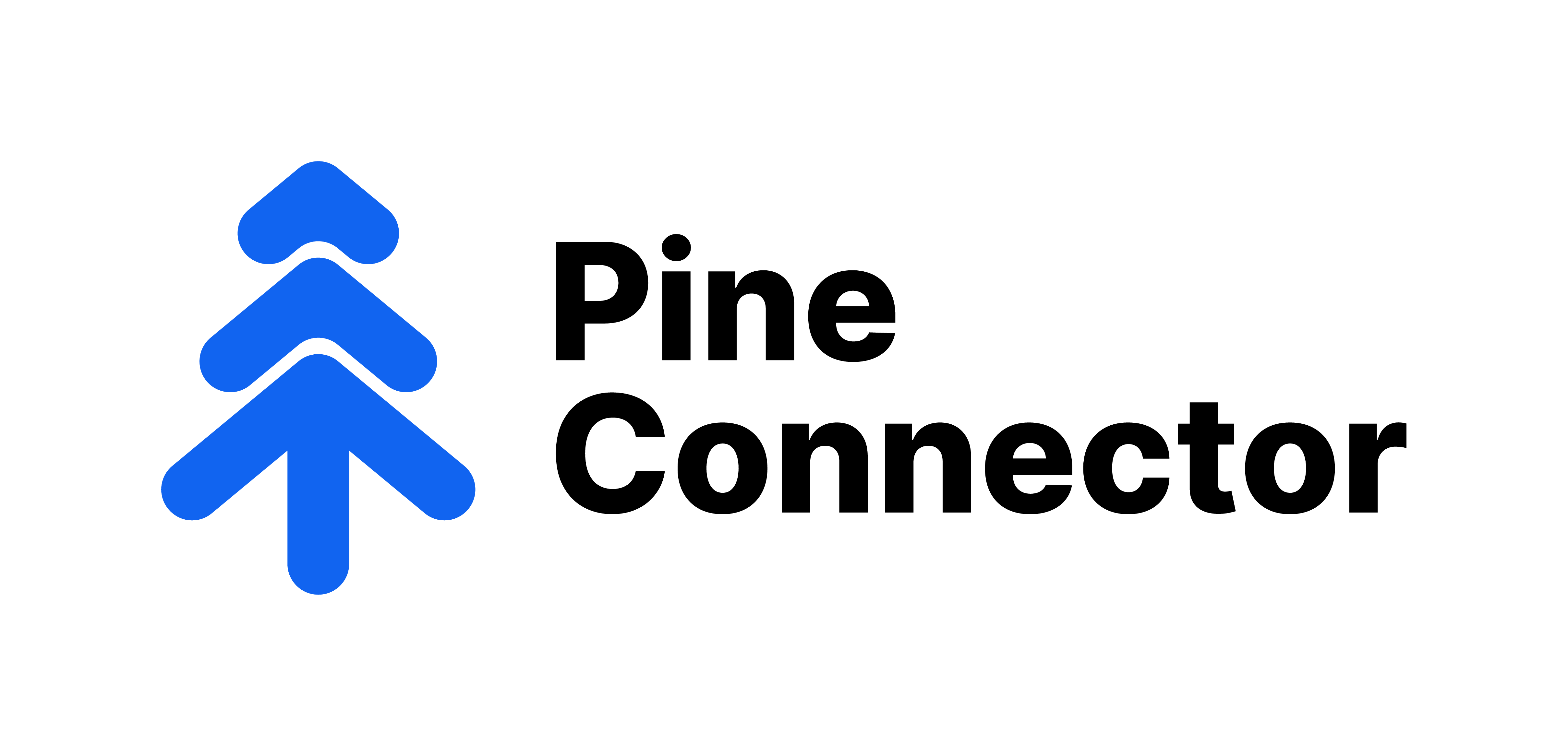
Whether you're a seasoned trader or a novice investor, understanding the Sharpe Ratio is crucial for evaluating and fine-tuning your trading strategy. Developed by Nobel Memorial Prize recipient William Sharpe, this performance metric measures a portfolio's risk-adjusted returns. In other words, it looks at how much return an investor can expect from their investments after adjusting for the level of risk taken.
The Sharpe Ratio is calculated by subtracting the risk-free rate of return (the return on an investment with no risk) from the portfolio's expected return and then dividing that number by the standard deviation of the portfolio returns. By comparing this ratio to a benchmark or index, investors can determine whether the portfolio performance was due to luck or skill. This article will provide an overview of the Sharpe Ratio and its importance when selecting investments.
What is the Sharpe Ratio?
The Sharpe Ratio is expressed as a number ranging from negative to positive infinity. A higher Sharpe Ratio indicates that the portfolio has achieved more return for the same amount of risk taken. On the other hand, a lower ratio suggests that higher returns could have been achieved with lower risk.
The Sharpe Ratio can help investors identify high-performing investments that may have otherwise gone unnoticed due to their associated risks. It can also be used to compare different trading strategies and determine which best fits an investor's risk tolerance.
When calculating the Sharpe Ratio, it is important to remember that past performance does not guarantee future results. As the market changes, so will the risk-reward profile of investments, making it necessary to re-evaluate the Sharpe Ratio regularly.
Why is the Sharpe Ratio Important?
The Sharpe Ratio is an invaluable tool for investors who want to get the most out of their investment portfolios. By comparing the risk-adjusted returns of different investments or strategies, investors can identify potential return opportunities that may have been overlooked.
In addition to helping investors select suitable investments, the Sharpe Ratio can be used to assess portfolio performance over time. By tracking the ratio on a regular basis, investors can ensure they are maximizing their return while minimizing any unnecessary risks. Doing so can help to ensure continued success in the markets.
How to Calculate the Sharpe Ratio

The formula for calculating the Sharpe Ratio is relatively straightforward:
Sharpe Ratio = (Rp - Rf) / σp
Rp: The expected portfolio return.
Rf: The risk-free rate of return.
σp: The standard deviation of the portfolio's returns.
Let's break down these components:
- Expected Portfolio Return (Rp): This represents the average return you anticipate from your trading strategy. It's essential to use a realistic and data-backed estimation.
- Risk-Free Rate of Return (Rf): The Rf is a crucial element in the Sharpe Ratio formula. It serves as a benchmark and represents the return an investor would expect from a risk-free investment, typically a government bond or treasury bill. The Rf reflects the time value of money and compensates investors for taking on risk. The choice of the risk-free rate can significantly impact the Sharpe Ratio's outcome.
- Standard Deviation of Portfolio Returns (σp): This measures the volatility or risk associated with your trading strategy. A higher standard deviation indicates greater price fluctuations and, consequently, higher risk.
To better comprehend the Sharpe Ratio, it's crucial to grasp the concept of the risk-free rate of return (Rf) more comprehensively. The Rf serves as the baseline return that investors should expect from an investment that carries no risk of loss. Typically, government bonds or treasury bills are used as proxies for risk-free investments.
The choice of the Rf can significantly affect the Sharpe Ratio's calculation. For example, if you use a higher Rf, it will make your strategy's returns appear less attractive when assessing risk-adjusted performance.
Standard deviation (σp) is a key component of the Sharpe Ratio, as it quantifies the risk associated with a trading strategy or investment portfolio. A higher standard deviation implies greater price fluctuations and, therefore, a higher level of risk. Conversely, a lower standard deviation indicates more stable and less risky returns.
Understanding the standard deviation allows traders to gauge the potential variability in returns. It helps answer the critical question: How much risk are you taking to achieve your expected returns?
Practical Applications of the Sharpe Ratio

Portfolio Optimization
The Sharpe Ratio is an invaluable tool for optimizing your investment portfolio. Modern portfolio theory, developed by Harry Markowitz, emphasizes the importance of diversifying investments to reduce risk while maximizing returns. By considering the Sharpe Ratio of individual assets, you can construct a portfolio that balances risk and return optimally.
Diversifying a portfolio by including assets with different Sharpe Ratios can lead to a more favorable risk-return profile. This means that even if some assets are riskier than others, their inclusion in the portfolio can enhance its overall risk-adjusted performance.
Evaluating Fund Managers
For investors who entrust their capital to professional fund managers, the Sharpe Ratio is a valuable tool for assessing the manager's performance. When comparing different mutual funds or hedge funds, the Sharpe Ratio can help you identify which manager has delivered the best risk-adjusted returns over time.
It's essential to consider the Sharpe Ratio in conjunction with other metrics and qualitative factors when evaluating fund managers. However, a consistently high Sharpe Ratio can be an indicator of a manager's ability to generate returns while effectively managing risk.
Setting Realistic Investment Expectations
One of the Sharpe Ratio's most significant advantages is that it provides a realistic perspective on the trade-off between risk and return. By calculating and comparing Sharpe Ratios for different investments or strategies, you can set more realistic expectations for your investment outcomes.
This helps you avoid the pitfall of chasing high returns without considering the associated risk. Setting realistic expectations based on the Sharpe Ratio can lead to more prudent investment decisions and better long-term financial outcomes.
Let's examine a couple of real-world scenarios to illustrate how the Sharpe Ratio can be applied:
Scenario 1: Choosing Between Investment A and B
Suppose you are considering two investment options:
Investment A offers an expected annual return of 12% with a standard deviation of 18%.
Investment B offers an expected annual return of 10% with a standard deviation of 8%.
Using the Sharpe Ratio formula:
Sharpe Ratio for Investment A = (12% - 3%) / 18% = 0.5
Sharpe Ratio for Investment B = (10% - 3%) / 8% = 0.875
In this scenario, Investment B has a higher Sharpe Ratio, indicating a better risk-adjusted performance. While Investment A offers a higher expected return, it does so with significantly higher risk.
Scenario 2: Evaluating a Fund Manager
Imagine you are evaluating two mutual funds managed by different fund managers. Here are their respective performance metrics over the past five years:
Fund X has an average annual return of 9% and a standard deviation of 12%.
Fund Y has an average annual return of 8% and a standard deviation of 8%.
Calculating the Sharpe Ratios:
Sharpe Ratio for Fund X = (9% - 3%) / 12% = 0.5
Sharpe Ratio for Fund Y = (8% - 3%) / 8% = 0.625
In this case, Fund Y, managed by the second fund manager, has a higher Sharpe Ratio, indicating better risk-adjusted performance. The manager of Fund Y has been able to achieve competitive returns while maintaining lower portfolio volatility.
Conclusion
The Sharpe Ratio is an indispensable tool for traders and investors seeking to assess the risk-adjusted performance of their strategies or investments. By understanding how to calculate and interpret the Sharpe Ratio, you gain a deeper insight into the trade-off between risk and return, which is essential for making informed financial decisions.
Remember that the Sharpe Ratio should be used in conjunction with other metrics and qualitative analysis when evaluating investment options, fund managers, or trading strategies. Additionally, it's crucial to align your investment choices with your individual financial goals and risk tolerance.
Incorporating the Sharpe Ratio into your investment decision-making process empowers you to make more informed choices, ultimately increasing your chances of achieving your financial objectives while effectively managing risk. So, whether you are a seasoned trader or a novice investor, embrace the Sharpe Ratio as a powerful tool to help you navigate the complex world of finance and investing.
Ready to optimize your trading strategy for better risk-adjusted returns? Click here to learn more about PineConnector, how to harness the power of the Sharpe Ratio, and make informed, efficient investment decisions."
Sources
- https://www.pineconnector.com/blogs/pico-blog/risk-mitigation-techniques-and-best-practices-with-automated-trading
- https://www.pineconnector.com/
- https://www.pineconnector.com/blogs/pico-blog/creating-profitable-crypto-trading-strategies-with-supertrend-indicator
- https://www.pineconnector.com/blogs/pico-blog/what-is-the-simplest-most-profitable-trading-strategy
- https://www.wallstreetprep.com/knowledge/sharpe-ratio/
- https://www.forbes.com/advisor/investing/sharpe-ratio/
- https://www.businessinsider.com/personal-finance/sharpe-ratio
- https://www.investopedia.com/ask/answers/042815/what-difference-between-expected-return-and-standard-deviation-portfolio.asp#:~:text=The%20expected%20return%20is%20calculated,x%20Expected%20Return


